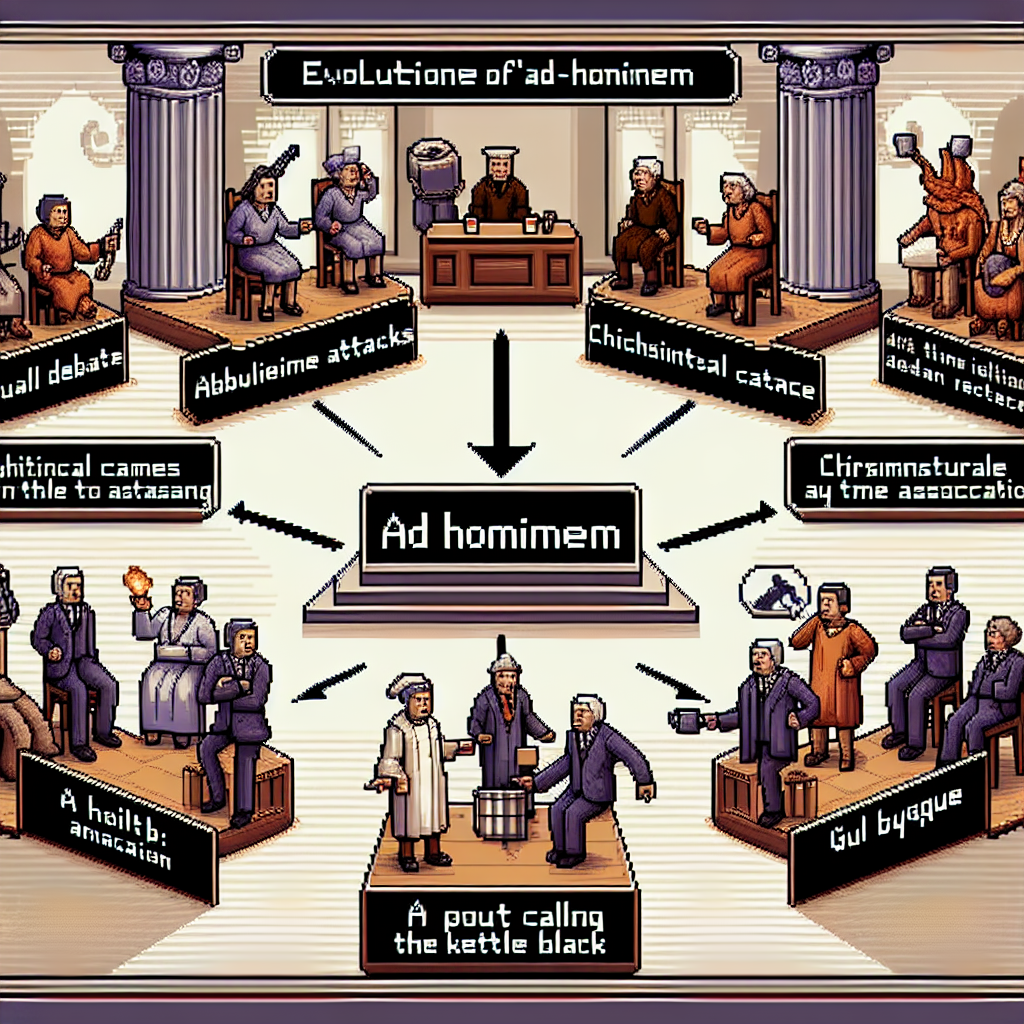Understanding the Composition Fallacy
Definition of Composition Fallacy
The Composition Fallacy refers to a logical error where one assumes that what is true for the part is true for the whole. This fallacy occurs when someone inaccurately concludes that collective qualities or characteristics of a group can be inferred directly from its individual components without further evidence. Recognizing this fallacy is crucial in avoiding errors in reasoning, especially in complex arguments.
Importance in Critical Thinking
Understanding the Composition Fallacy is vital for enhancing critical thinking skills. When people become aware of this fallacy, they are better equipped to analyze and deconstruct arguments they encounter in various domains. For example, in debate or while consuming media, individuals can apply this knowledge to identify flawed reasoning and make more reasoned decisions. Additionally, improved awareness prevents the perpetuation of misconceptions, ultimately leading to more informed public discourse.
Historical Background of Composition Fallacy
Origins of the Term
The term Composition Fallacy has a storied past, originating from ancient philosophical discussions. Despite its ancient roots, the concept remains relevant in modern dialogue. During the early days of philosophy, thinkers sought to understand how assumptions about parts and wholes could lead to misleading conclusions.
Key Thinkers and Philosophers Who Discussed the Fallacy
Additionally, several key philosophers have explored the nuances of the Composition Fallacy. For instance, Aristotle examined these logical complexities. During the Enlightenment, thinkers like John Stuart Mill further expanded upon these ideas. Mill emphasized the importance of scrutinizing the assumptions underlying arguments. This collective work has laid a strong foundation for understanding and identifying composition fallacies in contemporary discussions.
Identifying Composition Fallacy in Argumentation
Common Characteristics and Structure
Understanding the Composition Fallacy is crucial because it involves mistakenly attributing the properties of a part to the whole. This is significant in argumentation as individuals often make this error, leading to flawed conclusions. Before analyzing specific examples, recognize that this fallacy often arises when a part’s quality is assumed to apply to the entire group.
Examples from Everyday Life and Media
In everyday life, the Composition Fallacy appears when people believe that if a player on a sports team is exceptionally talented, the team itself must be exceptional. Additionally, media can amplify this by presenting a few individual cases as a reflection of broader societal trends, despite lacking comprehensive evidence.
How It Differs from the Related Fallacy of Division
It’s important to understand how this fallacy differs from the Fallacy of Division. While the Composition Fallacy assumes what’s true of parts is true for the whole, the fallacy of division does the reverse, attributing the whole’s properties to its parts. Despite their similarities, clear distinctions exist, making critical thinking essential during evaluations. This differentiation helps individuals and organizations in forming more accurate arguments.
Impact of Composition Fallacy
Consequences in Public Discourse and Policy Making
Understanding the Composition Fallacy is crucial because its influence permeates public discourse and policymaking. When people assume that what is true for a part is also true for the whole, debates and policies can skew towards misleading conclusions. Despite these potential pitfalls, recognizing this fallacy can improve clarity in discussions. Policymakers must be vigilant to ensure that conclusions are derived from comprehensive evidence rather than flawed reasoning.
Potential Misunderstandings in Scientific and Technical Arguments
Additionaly, the Composition Fallacy can lead to misunderstandings in scientific and technical fields. During analysis, it is tempting to generalize findings from limited samples to larger populations. This fallacy often creates overgeneralizations that affect research outcomes. Before forming conclusions, researchers must carefully examine their assumptions and the scope of their studies. Overcoming this fallacy enhances the accuracy and reliability of scientific arguments. Strategies such as peer reviews and meticulous methodology reviews contribute to mitigating these risks.
Composition Fallacy in Content Creation
How It Affects Branding and Marketing Strategies
The Composition Fallacy can significantly affect branding and marketing strategies because it leads to the assumption that what is true for individual components is also true for the whole. Additionally, brands often emphasize one feature, assuming that if it’s exceptional on its own, then the brand must be exceptional overall. Despite this, marketers should ensure that they assess each component and the entire entity objectively.
Identifying and Avoiding Its Use in SEO and Content Marketing
During SEO and content marketing efforts, avoiding the Composition Fallacy is essential. It is crucial to recognize that superior performance in one keyword does not guarantee similar outcomes for all keywords. Therefore, content creators should analyze each piece of information meticulously. This allows for more accurate projections and well-rounded strategies, ultimately leading to successful branding efforts. Additionally, diversifying approaches based on unique content characteristics can prevent oversights.
Case Studies in Composition Fallacy
Analysis of Real-World Examples
The Composition Fallacy often manifests in complex real-world scenarios, where the assumption is made that if parts of something are true, the whole must be true as well. To illustrate this, take the example of a committee composed of experts from various fields. While each member is highly skilled, it doesn’t necessarily mean the committee as a whole will make superior decisions. This demonstrates the fallacy because even though individual members possess expertise, collective decision-making might lack cohesion.
Lessons Learned from Historical Instances
History has shown that the Composition Fallacy can lead to damaging misunderstandings. During significant political discussions, for instance, the belief that a successful strategy implemented in one city would be equally effective nationwide ignored factors like demographic and cultural differences. Despite initial optimism, these strategies often failed when scaled up. By recognizing these past errors, policymakers can more carefully consider the unique elements of each situation before drawing conclusions.
Case Study: Avoiding Composition Fallacy in Marketing Strategies
Background
In the competitive world of marketing, brands often strive to create an image that resonates with consumers. However, during this process, they must be wary of the Composition Fallacy. This occurs when an assumption is made that what is true for a part is also true for the whole.
Example
A notable example involves a company that advertised its line of products using a high-profile spokesperson known for their healthy lifestyle. The assumption was that each product was as healthy as the lifestyle the spokesperson embodied. Unfortunately, several products contained high levels of sugar, leading to consumer backlash.
Solution
To avoid falling into the trap of the Composition Fallacy, companies should ensure transparency and fact-check each product claim before launch. Additionally, they can focus on critical thinking workshops for the marketing team, emphasizing holistic evaluation of each product independently.


